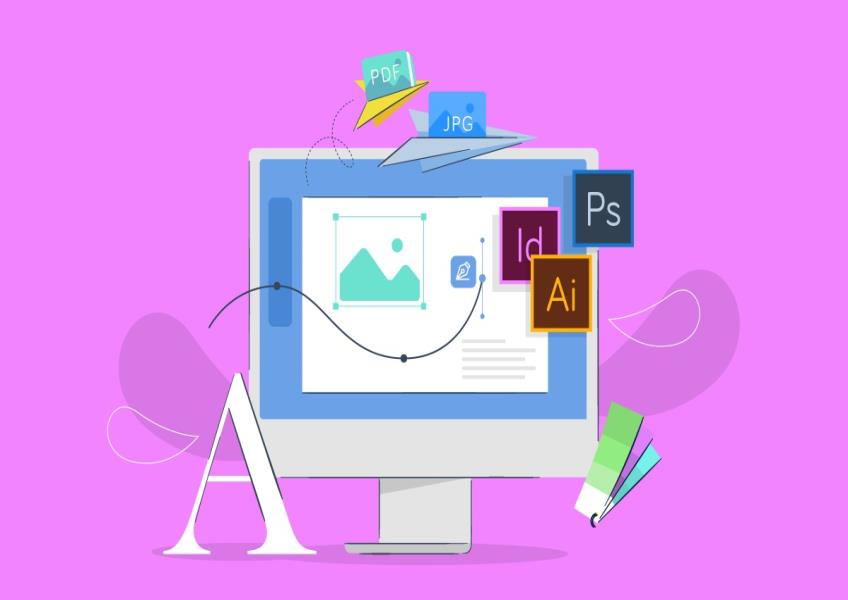Get the latest updates From BL Soni College Bhilwara

What is graphic design?
Graphic design is a creative and strategic process of visually communicating ideas, messages, or information through the use of typography, imagery, color, and layout. Graphic designers, often referred to as visual communicators, combine these elements to create visual compositions that convey a specific message or evoke a desired response from the audience. Key aspects of graphic design include: Typography: Choosing and arranging fonts (typefaces) to enhance readability and convey the intended tone or message. Imagery: Incorporating photographs, illustrations, icons, and other visual elements to support and enhance the message. Color Theory: Selecting colors that resonate with the target audience and evoke specific emotions or associations. Layout: Organizing text and images within a design, considering factors such as hierarchy, balance, and visual flow. Composition: Arranging elements on a page or screen in a harmonious and visually appealing manner. Branding: Creating visual identities for businesses, organizations, or products to establish a consistent and recognizable image. Print and Digital Design: Graphic designers work on a variety of media, including print materials like brochures, posters, and packaging, as well as digital platforms like websites, social media graphics, and mobile apps. User Experience (UX) Design: In the digital realm, graphic designers often play a role in designing user interfaces and experiences to ensure usability and an intuitive user journey. Visual Problem Solving: Graphic designers are problem solvers who use their creative skills to find effective solutions to communication challenges. Software Skills: Proficiency in graphic design software such as Adobe Creative Cloud (e.g., Photoshop, Illustrator, InDesign) is typically a requirement for graphic designers. Graphic design is used in a wide range of industries, including advertising, marketing, branding, publishing, web design, and more. It plays a crucial role in shaping the visual identity and perception of organizations and products, making it a valuable skill in today's visually oriented world.


